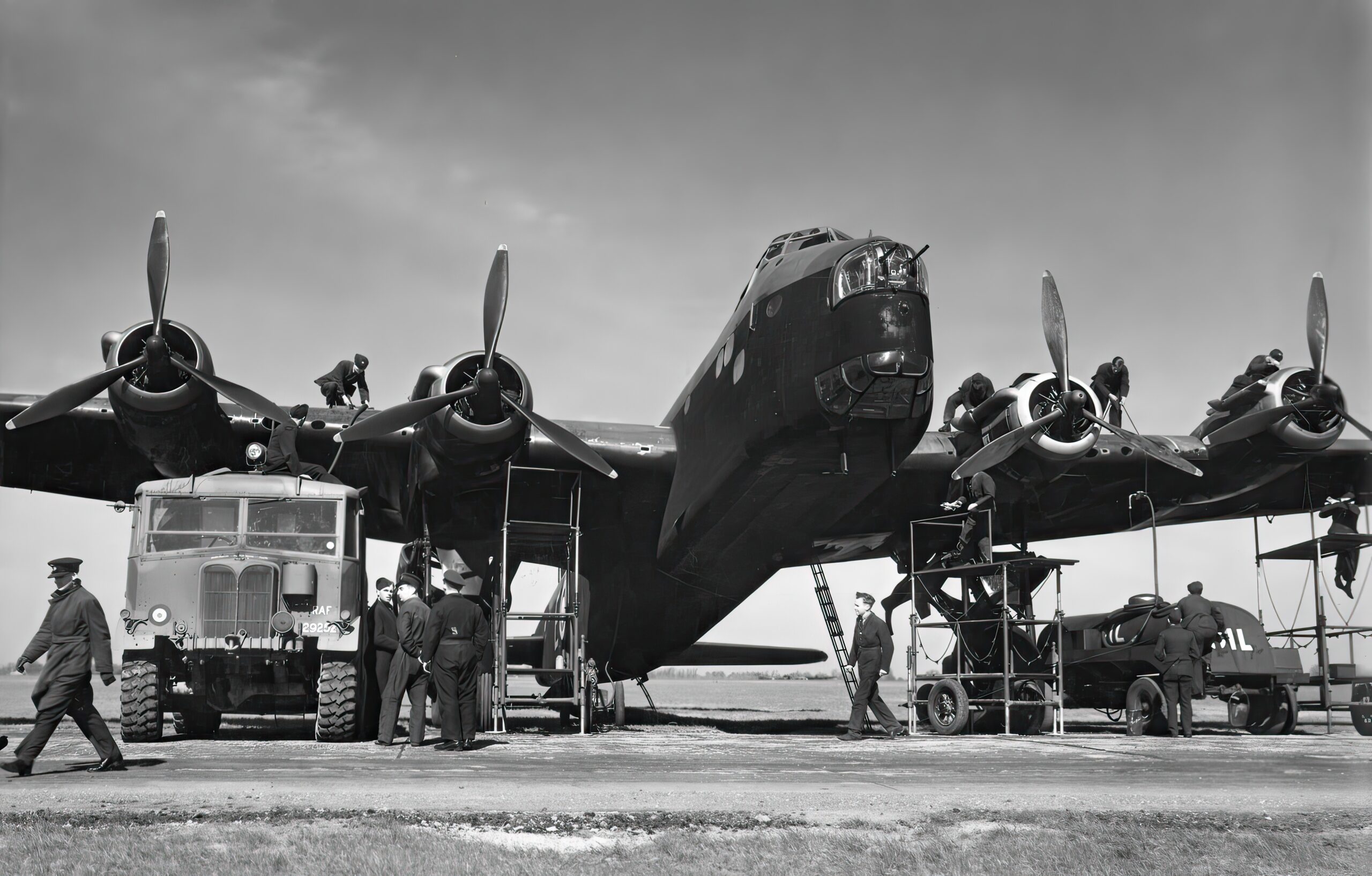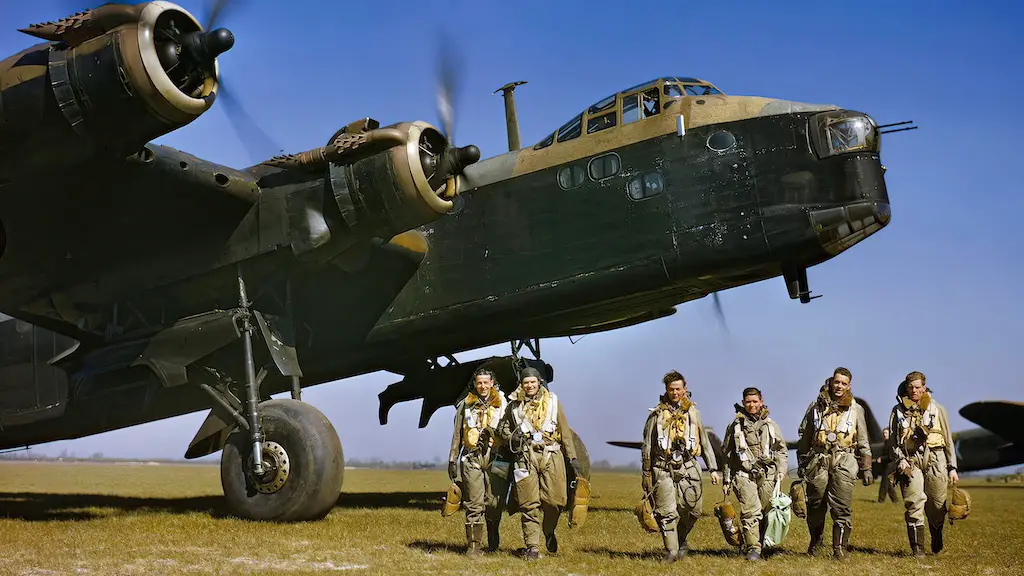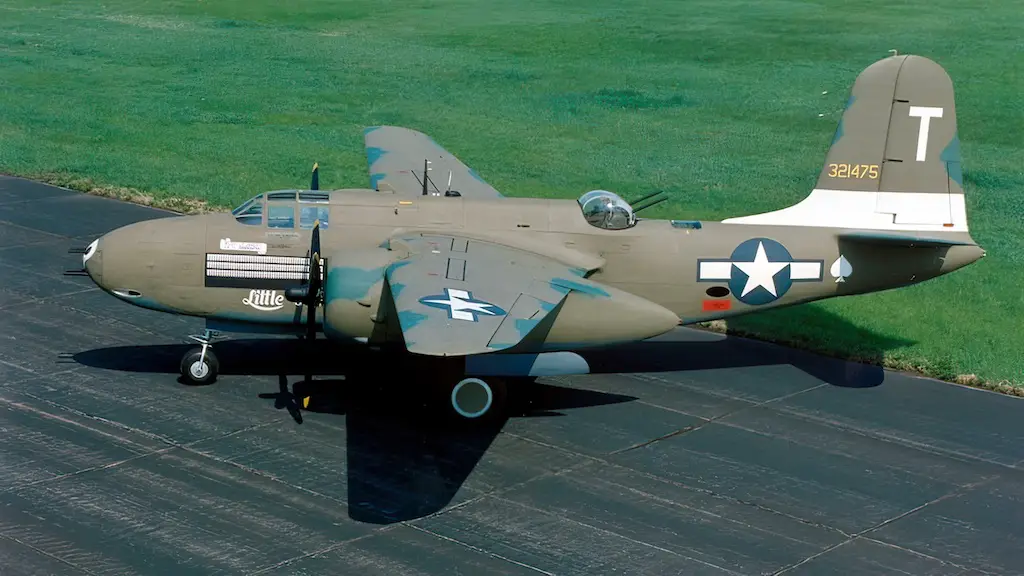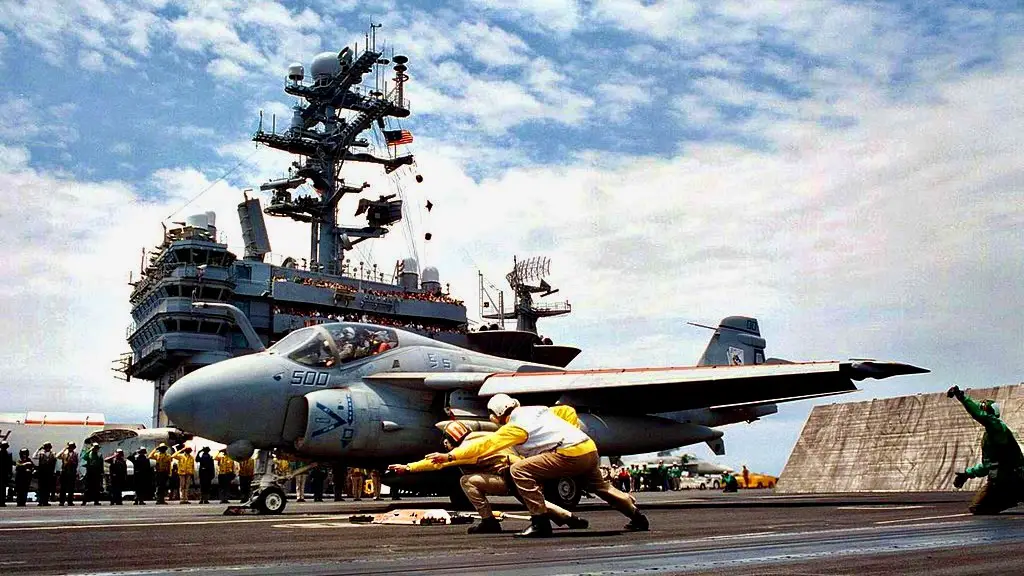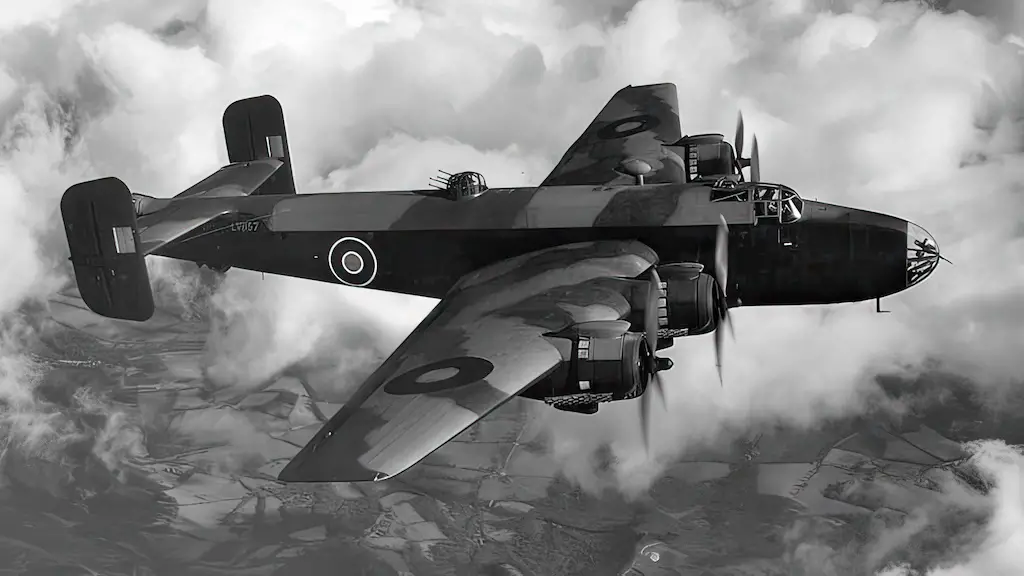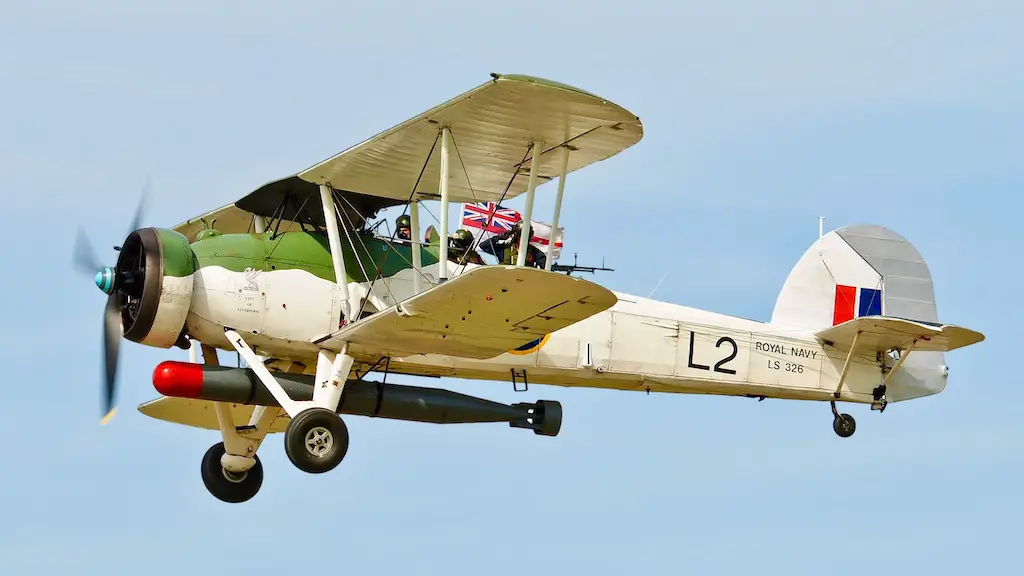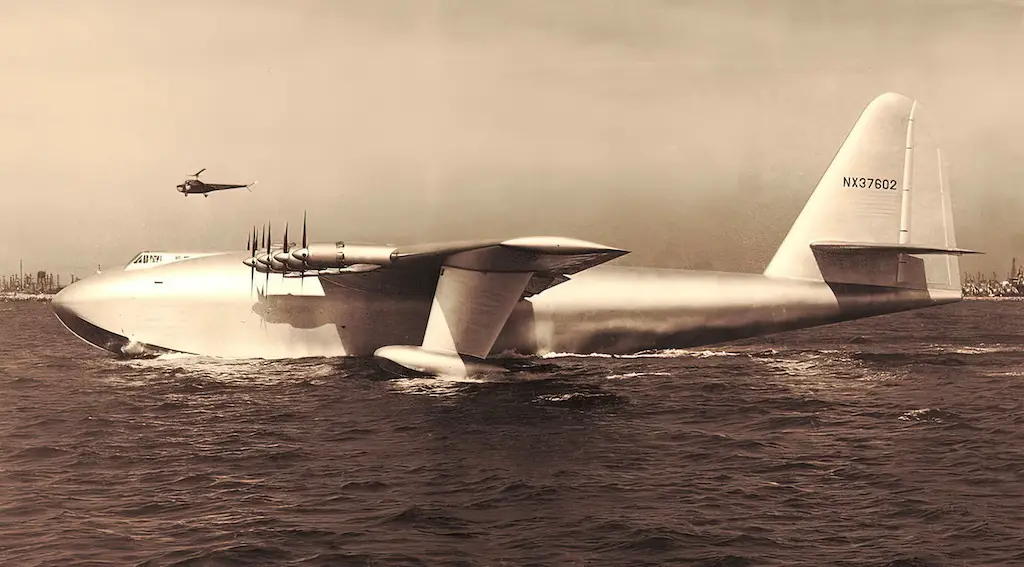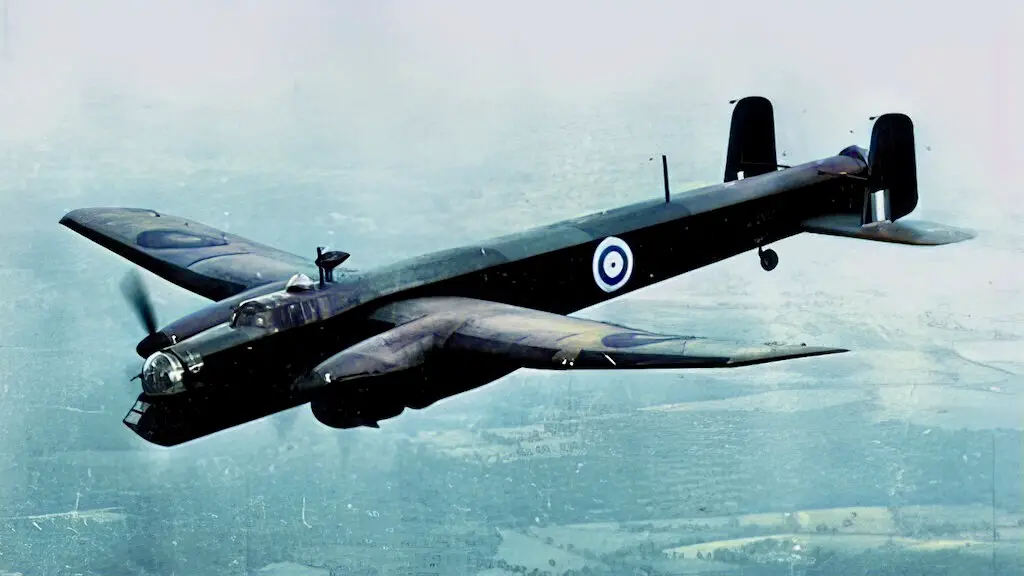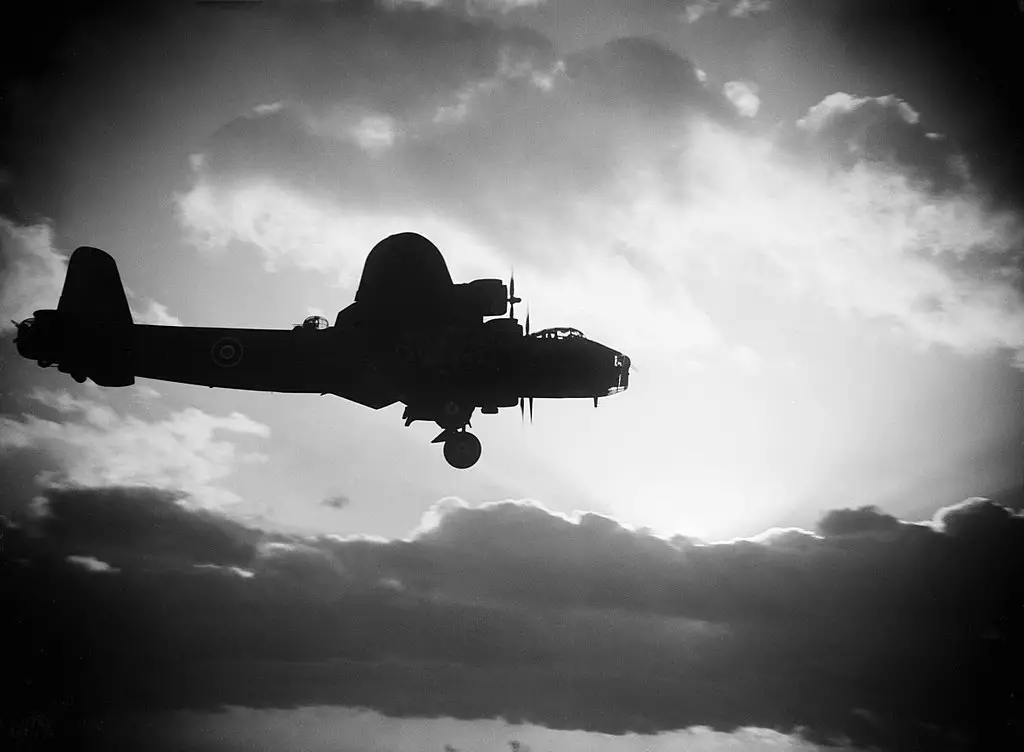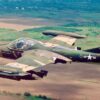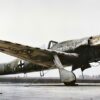The Short Stirling’s Beginnings
In the late 1930s, with the storm clouds of World War II gathering, Britain needed a heavy bomber capable of carrying the fight to Germany. A call was issued, a challenge laid before the nation’s aircraft manufacturers, and Short Brothers answered. The journey to create what would ultimately become the Short Stirling, Britain’s pioneering four-engine heavy bomber, was initiated by Short Brothers in 1936.
The process wasn’t without its bumps and hiccups. Original designs had to be altered due to Air Ministry specifications, leading to the distinctive design we see today. By 1939, after countless hours of labor, sweat, and steel, the Short Stirling took to the skies for the first time.
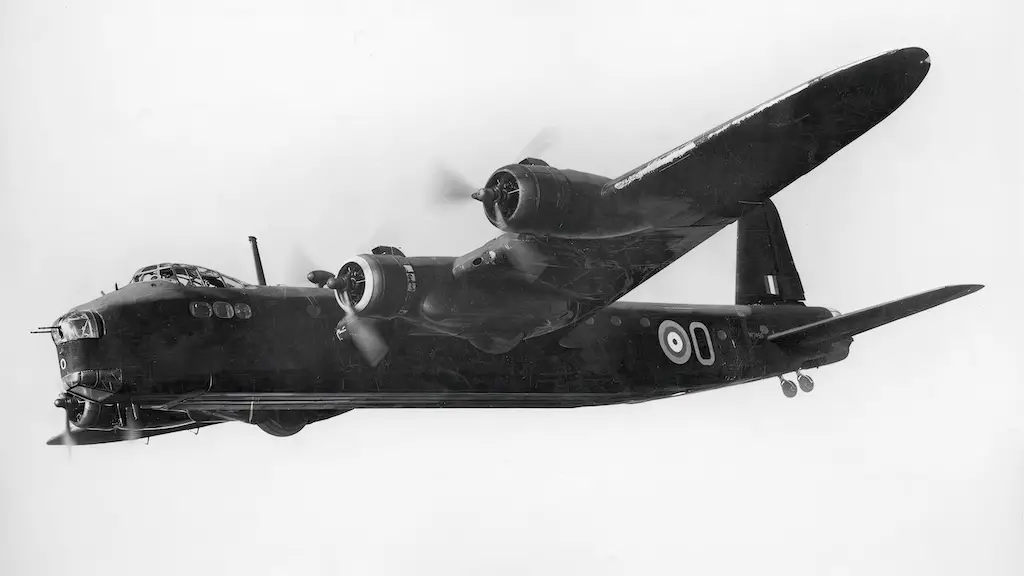
The Skyward Workhorse
Once operational, the Short Stirling quickly earned a reputation as a workhorse of the Royal Air Force. Its primary function was as a night bomber, tasked with turning the German war machine into smoldering rubble.
Throughout the war, these hefty bombers undertook countless missions across the European theater. The objective was clear, yet far from simple: traverse the cloak of night, evade or endure enemy assault, discharge their devastating cargo, and make the perilous journey back to base.
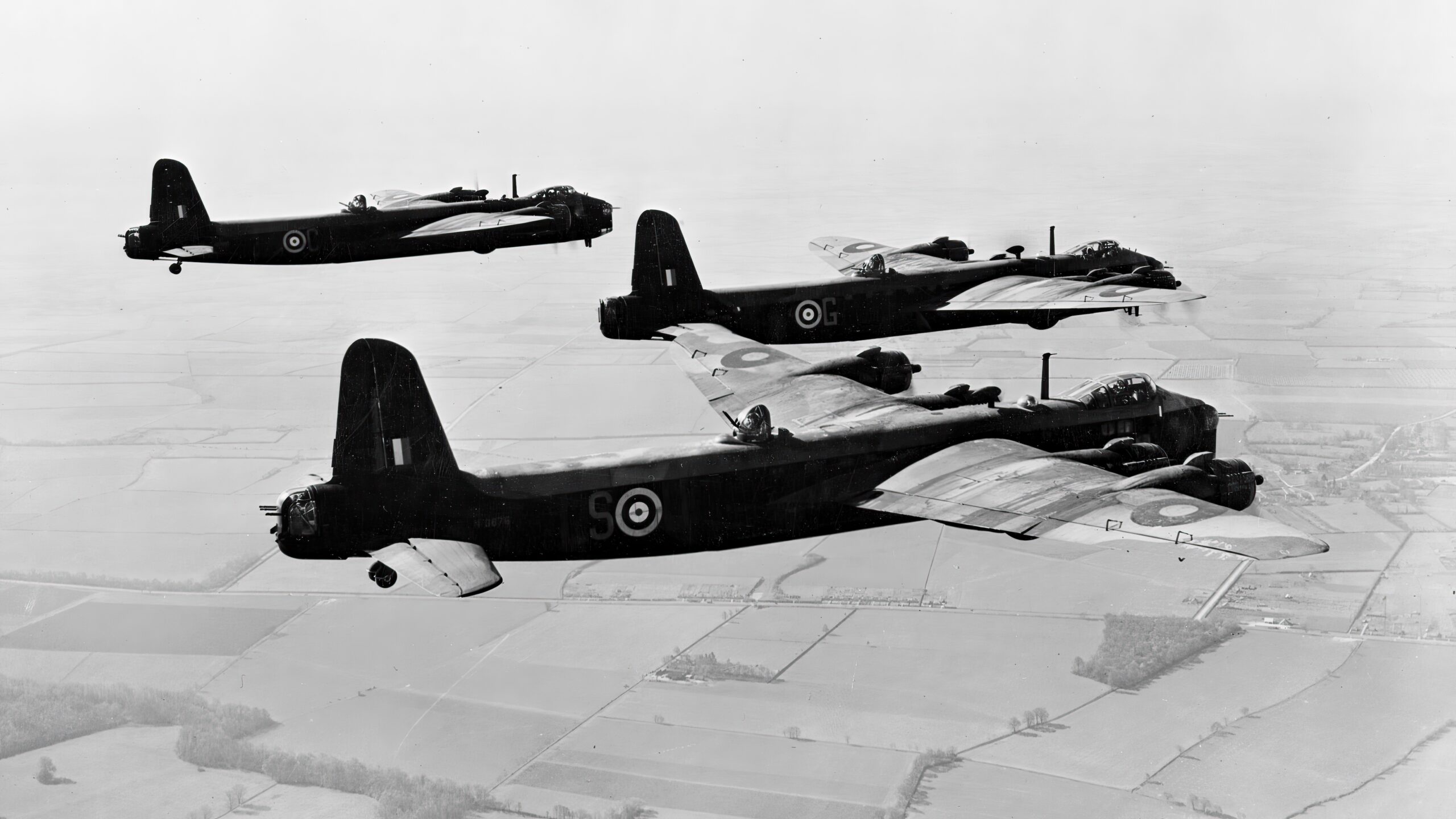
A Powerhouse in the Air
Despite its size, the Stirling was a nimble beast in the air. Pilots often likened it to a giant fighter, owing to its responsiveness and agility. Its flight characteristics stood out in a class of aircraft more often associated with lumbering movements.
The Stirling’s four powerful Bristol Hercules engines delivered 1,375 horsepower each. Together, they propelled the plane through the sky at a top speed of 270 mph. Its wings, designed for both strength and lift, let it carry an impressive payload of up to 14,000 lbs, a capacity that few of its contemporaries could match.
High Ambitions, Low Ceilings
Every hero has its flaws, and the Stirling was no exception. The Air Ministry’s specifications, which had so shaped its design, proved to be its Achilles heel. To fit within the constraints of existing hangars, its wingspan was limited, which led to a reduced operational ceiling of just 17,000 feet.
This put Stirlings within reach of enemy flak and night fighters, making them a dangerous target for their crews. Despite the exceptional courage of these men, the Stirling’s operational losses were high, eventually leading to its retirement from frontline service in 1943. However, it continued to serve in secondary roles, such as glider tugs and supply drops, until the end of the war.
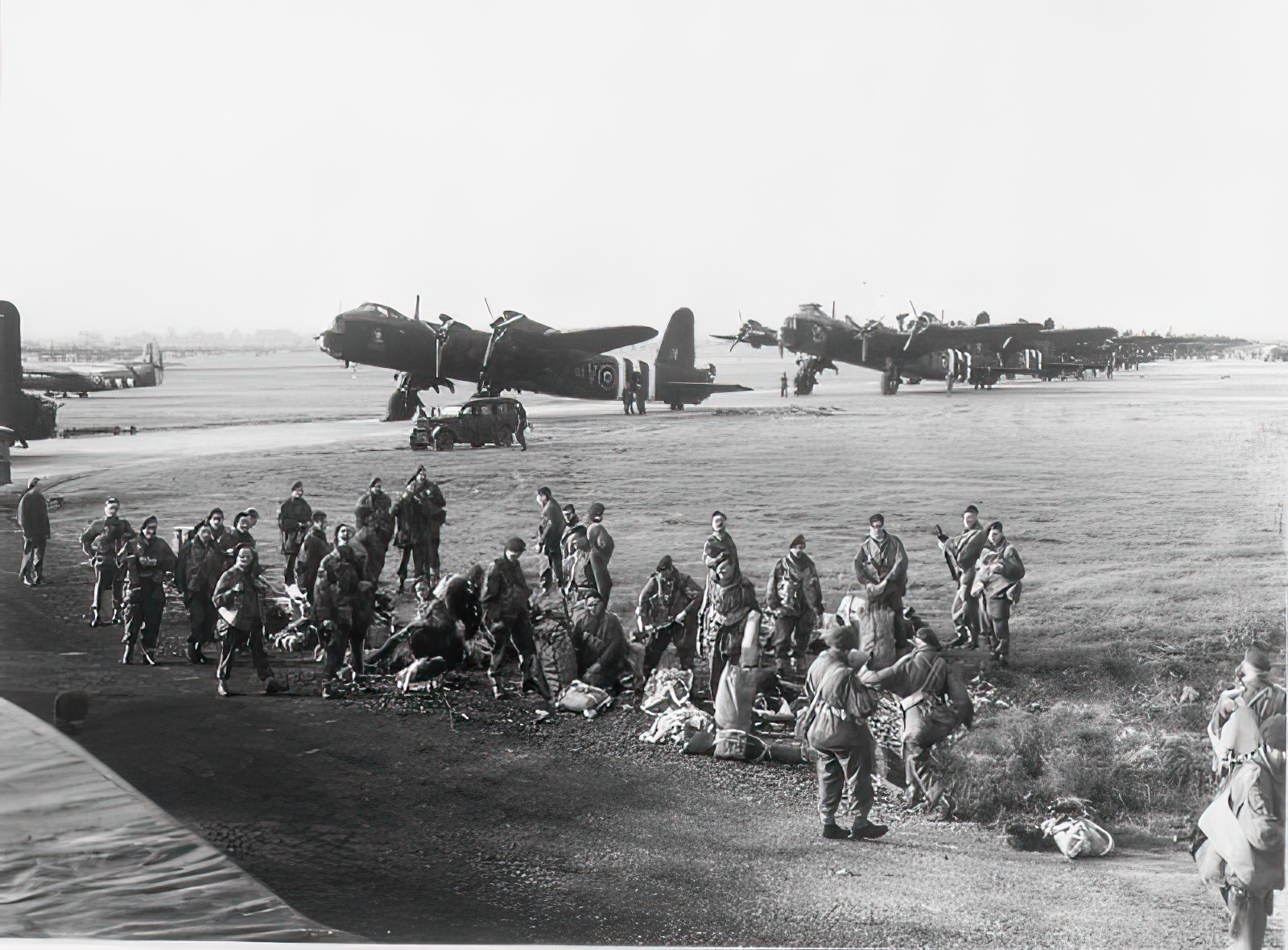
A Tribute to the Short Stirling
Despite its drawbacks, the Short Stirling remains an icon of Britain’s World War II aviation history. The Stirling emerged as an emblem of tenacity, a glowing symbol of optimism piercing the darkness of the night sky. It stood as a powerful testament to Britain’s engineering acumen and industrial might. To this day, the story of the Stirling reverberates as a powerful echo, underscoring the era’s hallmark values of bravery, resolve, and self-sacrifice.
